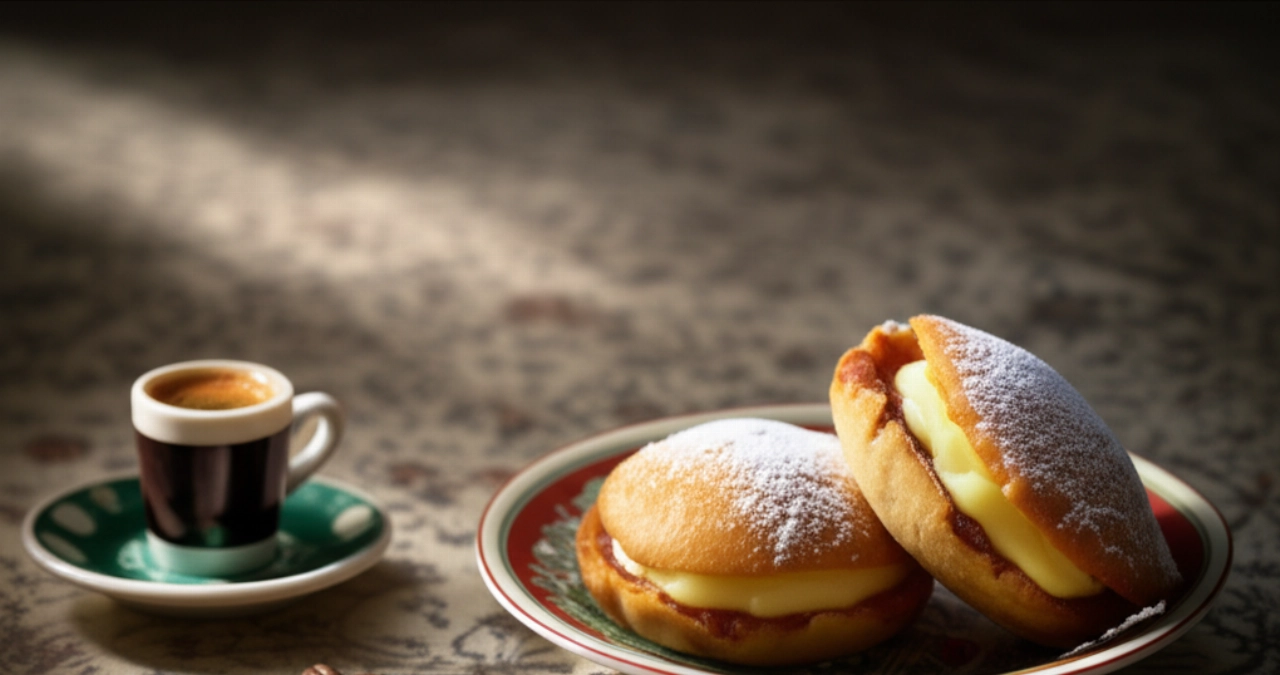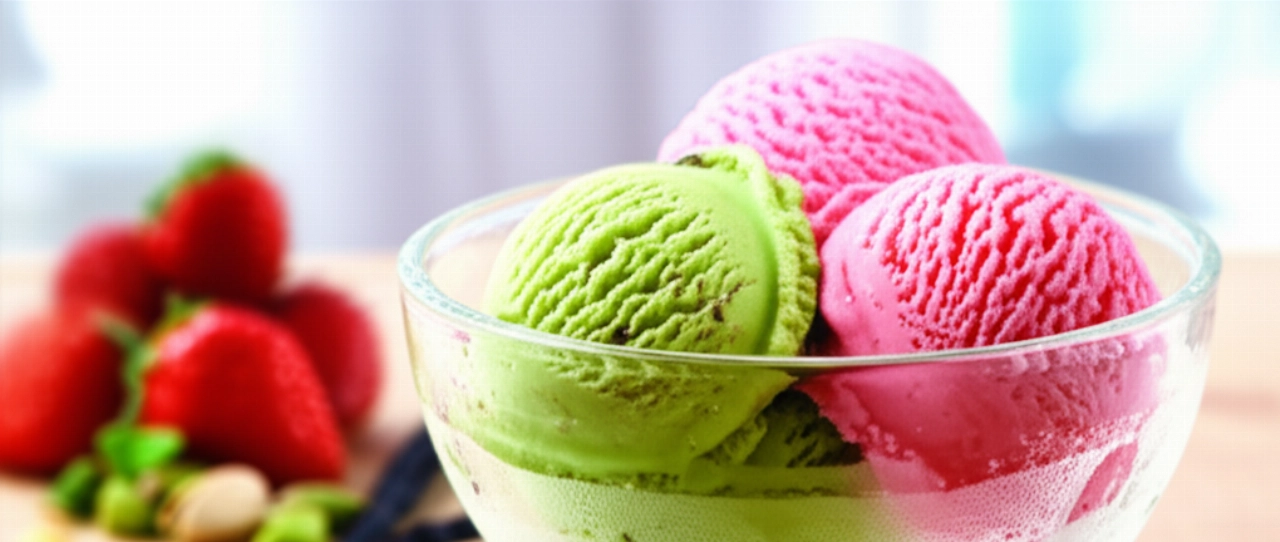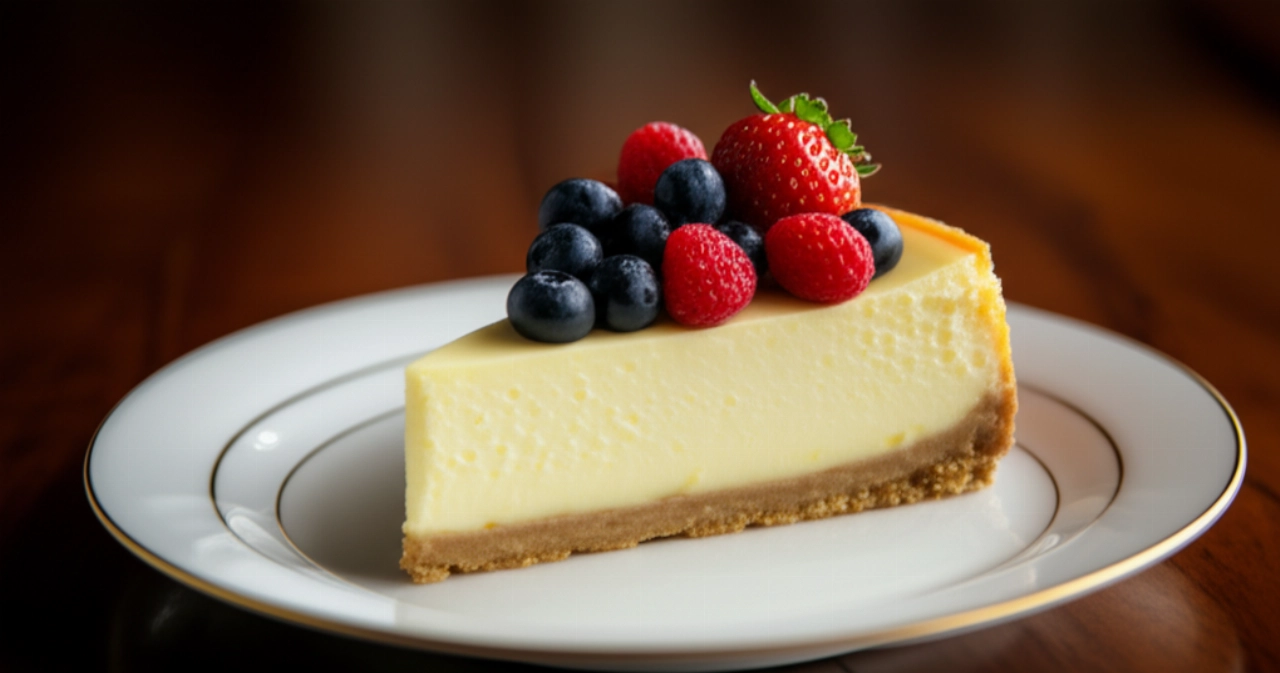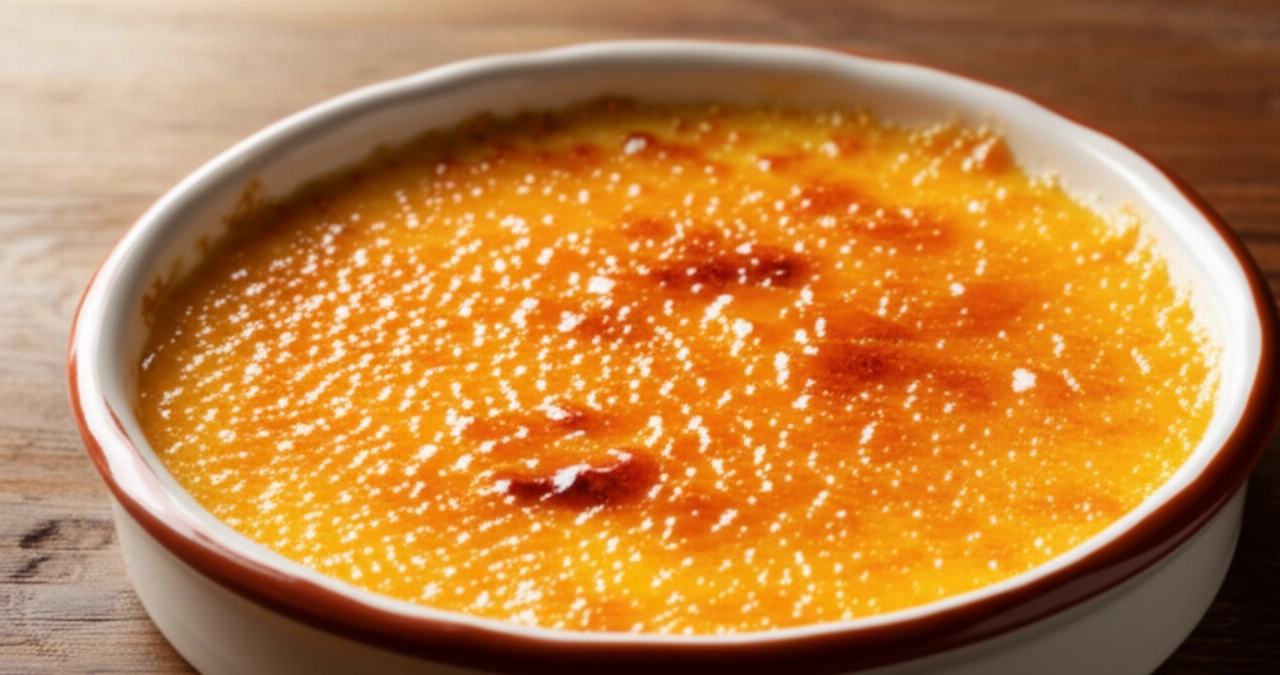There's a scent that smells of sun, celebration, and ancient traditions, a scent that envelops you as soon as you set foot in Salento: it's the unmistakable aroma of Pasticciotto Leccese. A small golden shortcrust pastry treasure chest that encloses a heart of velvety custard, often enriched with a delicious sour cherry. It's not just a dessert; it's an experience, a piece of Puglia that melts in your mouth.
But how many times have you tried to make it at home, perhaps following recipes found online, only to get a result that wasn't quite what you dreamed of? Maybe the pastry was too hard, the cream didn't set, or that authentic flavor seemed unattainable. The anxiety of not succeeding, the fear of wasting precious ingredients, and the desire to bring a masterpiece to the table are feelings I know well.
Don't worry, you're in the right place. Here at Search Recipes, your trusted chef grandma will reveal every secret to preparing the perfect Pasticciotto Leccese. Forget your fears, because on this page you won't just find a list of ingredients, but a complete guide, full of tricks and practical tips, to get a pasticciotto with a golden and crumbly shortcrust pastry, enclosing a velvety custard and a sour cherry heart, just like you'd make it in the best Salento pastry shop. Success is guaranteed!

Ingredients for a Dream Pasticciotto Leccese: The Choice That Makes the Difference
Every great dish starts with quality ingredients, and pasticciotto is no exception. It's not just about listing them, but understanding the "why" behind each choice. Here's what you'll need to create the magic:
For the Shortcrust Pastry (the golden shell)
- "00" Flour (approx. 500g): The base of everything. A weak flour is perfect for shortcrust pastry, ensuring the right crumbliness.
- Lard (approx. 200g): This is the true secret of Leccese shortcrust pastry! Lard, unlike butter, gives a unique crumbliness and melt-in-your-mouth texture, as well as a characteristic aroma. It must be cold from the fridge.
- Sugar (approx. 200g): For sweetness and to contribute to browning.
- Whole eggs (2 large): Bind the dough and contribute to its structure and color.
- Egg yolk (1): To brush the surface of the pasticciotti before baking, giving that irresistible shine and golden color.
- Baking powder (a pinch, approx. 5g): A very light, almost imperceptible touch, which helps the pastry remain more crumbly and not too compact.
- Lemon zest (1 organic): The aroma that makes the difference! Choose an untreated lemon; its fragrant zest will give an unmistakable touch.
- Salt (a pinch): Enhances all flavors, balancing the sweetness.
For the Custard (the velvety heart)
- Egg yolks (4 large): They are the protagonists of the creaminess and intense color of the cream. Egg whites, if used, would make the cream less velvety and more "gummy."
- Sugar (120g): For perfect sweetness.
- "00" Flour (40g) or Cornstarch (30g): These are the thickeners. Cornstarch (maizena) makes the cream shinier and more velvety; flour makes it more substantial. Choose based on the consistency you prefer.
- Whole milk (500ml): The vehicle for all flavors. Whole milk ensures a richer and tastier cream.
- Lemon zest (1 organic) or Vanilla bean (1/2): To flavor the cream. You can use both for an even more enveloping aroma.
For the Filling and Decoration
- Sour cherries in syrup (as needed): True sour cherries, those black and juicy ones, are a classic. Their sweet and sour contrast with the cream is divine.

The 3 Mistakes to Avoid for a Perfect Pasticciotto Leccese
Even the most experienced can fall into traps, but with these tips, you'll be a step ahead. I'll guide you to avoid the most common pitfalls that could compromise the success of your pasticciotto:
- Overworking the Shortcrust Pastry: This is the number one mistake! Shortcrust pastry, especially with lard, doesn't like to be handled for too long. The heat from your hands and excessive working develop gluten, making the pastry elastic and, once baked, hard and not very crumbly. The secret: Work the ingredients quickly, just long enough to combine them until you get a homogeneous dough ball.
- Not Chilling the Pastry Properly: After kneading, the pastry needs to rest in the refrigerator. If you don't chill it enough, it will be difficult to roll out, it will stick, and it will break. Furthermore, resting allows the ingredients to blend better and the lard to solidify, ensuring the desired crumbliness. The secret: Wrap the dough ball tightly in plastic wrap and let it rest in the fridge for at least 30-60 minutes, or even longer.
- Wrong Oven Temperature or Inadequate Baking: Baking the pasticciotti at too low a temperature will make them pale and dry, while too high a temperature could burn the pastry externally, leaving the cream raw inside. The secret: Preheat the oven to the indicated temperature and don't rush. The pastry should turn a beautiful intense golden color, and the cream should "puff up" slightly and then stabilize.

Grandma's Secret: That Extra Touch That Makes All the Difference
My grandma, a true kitchen master, always told me that "pasticciotto is a dessert that requires love and patience, but above all, it needs its time." And she was right. Besides the technical tips, there's a small trick she passed down to me that makes all the difference:
The cream's rest: After preparing the custard, don't use it immediately! Let it cool completely, covered with plastic wrap directly touching the surface (to prevent a skin from forming). Resting it for at least an hour in the fridge, or even longer, will make it denser, more velvety, and easier to handle. This not only improves the consistency but also intensifies the flavor of the aromas. It's a small gesture that transforms a good cream into a sublime cream.
Let's Prepare Pasticciotto Leccese Together: The Step-by-Step Guide
Step 1: Prepare the Custard (the heart of the pasticciotto)
- In a bowl, whisk the egg yolks with the sugar until you get a light and frothy mixture.
- Add the sifted flour (or cornstarch) and mix well to avoid lumps.
- In a saucepan, heat the milk with the lemon zest (or vanilla) without bringing it to a boil.
- Pour the hot milk slowly into the egg yolk mixture, stirring continuously with a whisk.
- Transfer the entire mixture to the saucepan and cook over medium-low heat, stirring constantly with a whisk, until the cream thickens. This will take a few minutes.
- Once the desired consistency is reached (thick and velvety), remove from heat, discard the lemon zest (or vanilla bean), and transfer the cream to a clean bowl.
- Cover the cream with plastic wrap directly touching the surface (making it adhere well to prevent a "skin" from forming) and let it cool completely in the refrigerator for at least 1-2 hours. This step is crucial for the final stability and consistency.
Step 2: Prepare the Shortcrust Pastry (the crispy shell)
- On a pastry board or in a large bowl, arrange the flour in a well.
- In the center, add the cold lard in pieces, sugar, whole eggs, a pinch of baking powder, salt, and grated lemon zest.
- Begin to work the ingredients with your fingertips, gradually incorporating the flour, until you get a sandy mixture.
- Continue to knead quickly, just long enough to compact the dough and form a homogeneous and smooth ball. Remember: the less you work it, the more crumbly it will be!
- Wrap the dough ball in plastic wrap and let it rest in the refrigerator for at least 30 minutes.
Step 3: Assemble the Pasticciotti (the magic takes shape)
- Preheat the static oven to 180°C (350°F).
- Take the shortcrust pastry from the fridge and, on a lightly floured surface, roll it out with a rolling pin to a thickness of about 3-4 mm.
- Cut out pastry discs with an oval (or round, if you don't have the specific one for pasticciotti) cookie cutter. You'll need two discs for each pasticciotto: one for the base and one for the top.
- Butter and flour the pasticciotto molds (or muffin tins if you're using them as an alternative).
- Place one pastry disc in each mold, pressing it firmly against the edges and letting the pastry slightly overhang.
- Fill each base with a generous spoonful of cold custard.
- If desired, add one or two sour cherries in syrup to the center of the cream.
- Cover with another pastry disc, sealing the edges well with your fingers, removing any excess dough.
- In a small bowl, whisk the reserved egg yolk with a teaspoon of milk or water.
- Gently brush the surface of each pasticciotto with the beaten egg yolk for a perfect golden finish.
Step 4: Bake and Enjoy (the moment of truth)
- Bake the pasticciotti in the preheated oven at 180°C (350°F) for about 20-25 minutes, or until they are a beautiful intense golden color. Times may vary slightly depending on your oven.
- Once baked, remove from the oven and let them cool slightly in the molds before unmolding. Pasticciotto is delicious warm, but it's also wonderful cold.
- Serve and enjoy the applause!
Tips and Frequently Asked Questions about Pasticciotto Leccese
Here are some of the most common questions I get asked, with answers that will help you resolve any doubts and feel even more confident in the kitchen:
- Can I substitute lard with butter? Yes, you can, using the same quantity. However, the pastry will be less crumbly and slightly different in texture and flavor. Lard is what makes Leccese pasticciotto so authentic and melt-in-your-mouth.
- Can I prepare the custard in advance? Absolutely yes! In fact, it's recommended. You can prepare it even the day before and store it in the refrigerator, covered with plastic wrap directly touching the surface, for a maximum of 2-3 days. It will be firmer and easier to use for filling.
- How can I store baked pasticciotti? Pasticciotti are at their best freshly made and warm. If there are leftovers, you can store them at room temperature for 1-2 days, well covered. If it's very hot, it's preferable to store them in the refrigerator, but remember to take them out half an hour before consuming them so that the pastry becomes crumbly again.
- Can I freeze pasticciotti? Yes, you can freeze them both raw and baked. If you freeze them raw, place them in the molds and then transfer them to a freezer bag. When you want to bake them, bake them directly from frozen, slightly increasing the baking time. If you freeze them baked, let them cool completely, then wrap them individually in plastic wrap and then in aluminum foil. Thaw them at room temperature or in a low-temperature oven.
- I don't have oval molds, can I use round ones? Of course! Traditional pasticciotto has an oval shape, but the taste doesn't change. You can use muffin tins or round tartlet molds; the important thing is that they are of adequate size for a single-serving dessert.
There you have it! Now you no longer just have a recipe, but all the secrets to bring a piece of Salento to your table, a dessert that tastes of home, tradition, and love. Every bite will be a journey, a warm embrace that will make you feel at home, just as if you were in the best pastry shop in Lecce.
Don't be afraid to experiment. Cooking is an act of creativity and passion. But start with this solid and infallible base, and you'll see that applause won't be lacking. The joy of seeing your guests or family delight in your Pasticciotto Leccese will be the greatest reward.
Have you tried our recipe? We're very curious to see your masterpiece! Leave a comment below, tell us how it went, or share a photo on Instagram by tagging @CercaRicette.it. If you loved this journey of taste, you can't miss our recipe for the Perfect Shortcrust Pastry, the base for many desserts, or for another iconic Italian traditional dessert like our Original Tiramisu. Keep cooking with love, and success will always be with you!





